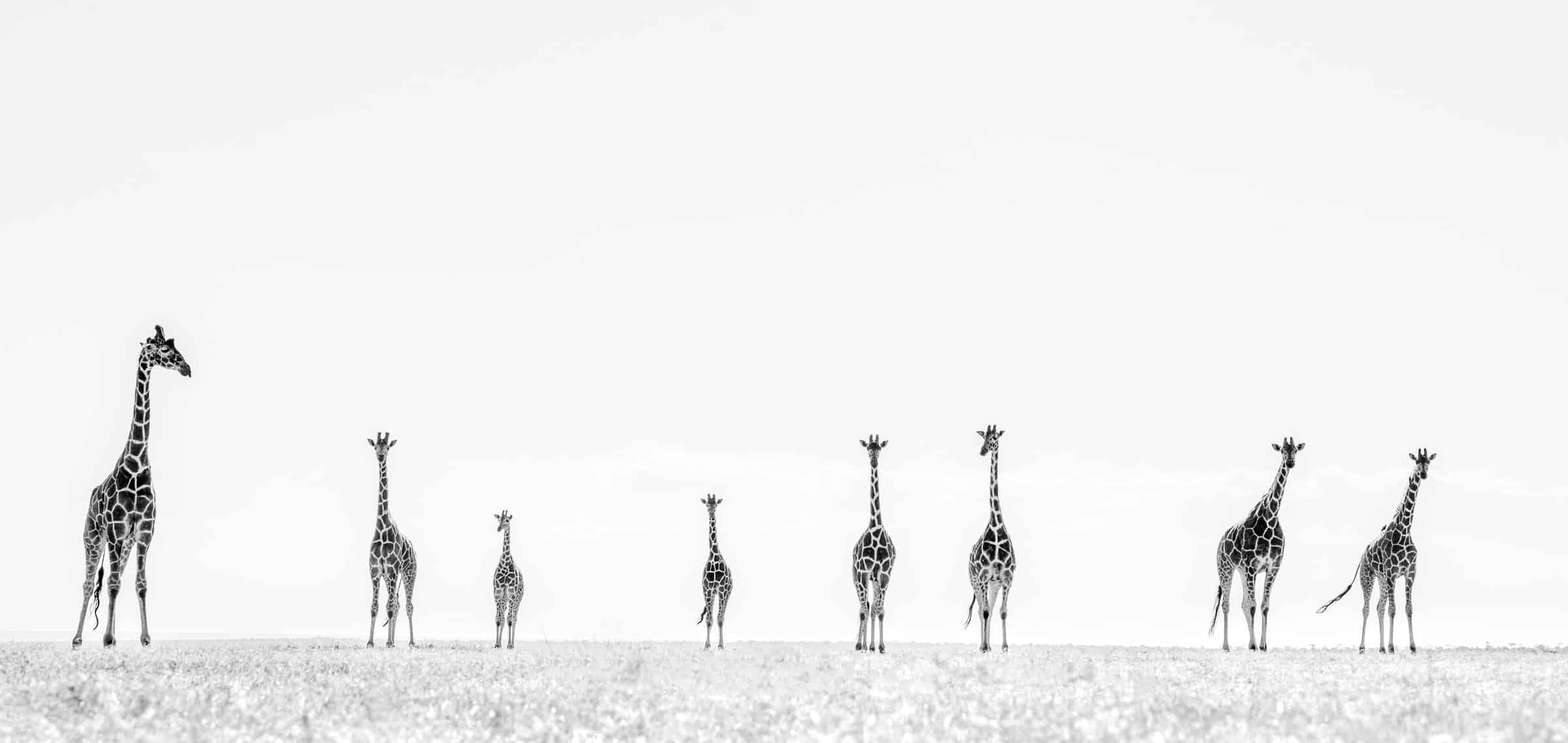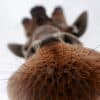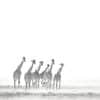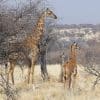Hooray!!!! Winter is finally over for those of us in Southern Africa and it certainly was a chilly one this year. However, the cold has not stopped us from making great strides for giraffe together with our partners across Southern Africa and beyond, and we are excited to tell you all about it!
As always, we are sharing a few recent giraffe conservation highlights in this News Update, such as the incredible work of our snare-removal teams, our most recent Twiga Tracker tagging expedition in Zimbabwe and Namibia, as well as recent changes and additions to our passionate GCF team. However, there is so much more happening all the time behind the scenes and these really are just a few snippets to highlight aspects of our important giraffe conservation work. Hopefully you are inspired to continue to #StandTallForGiraffe with us!
What is New?
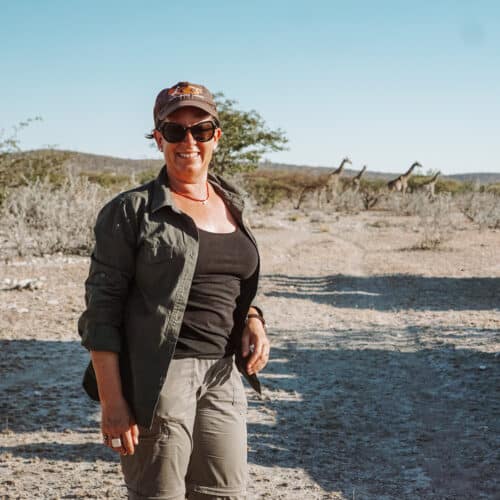
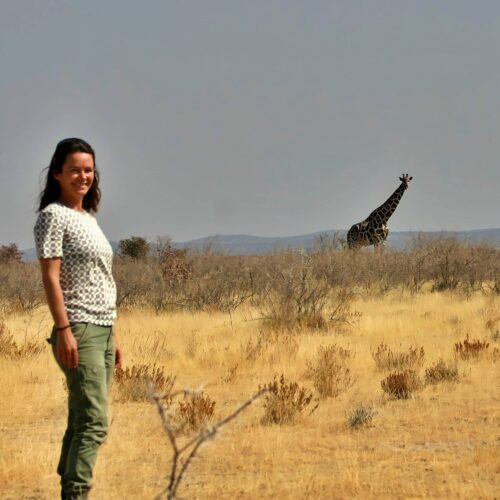
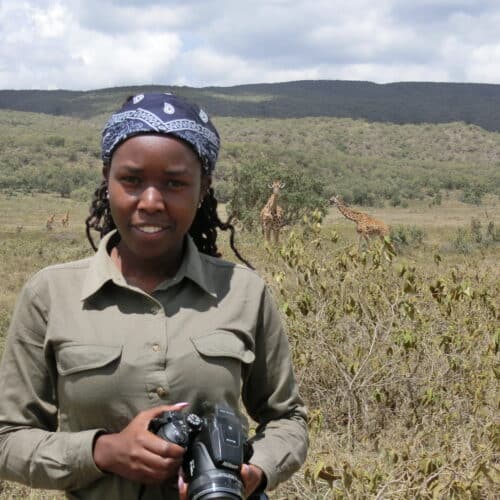
The GCF team continues to grow
As our impact on giraffe conservation in Africa increases, GCF continues to grow organically and our women are leading the charge.
In line with other changes, we have amended the GCF management structure and are delighted to announce that in her new role as Executive Director, GCF Co-Founder Stephanie Fennessy will continue to oversee the smooth running of GCF.
Martina Kusters recently joined the GCF team, taking on the role of Programme Coordinator for the Savannah Landscape Ecology and Education Centre (SLEEC) based in Etosha Heights Private Reserve in Namibia.
Meanwhile in East Africa, Janet Kavutha, our Kenya Programme Officer, was one of 15 women selected from over 200 applicants for the Women in Conservation Wildlife Technology programme by Wildlabs and Fauna and Flora International. This ground-breaking programme kicked off with an immersive week-long workshop and aims to empower female future leaders in wildlife conservation.
Together we #StandTallForGiraffe.
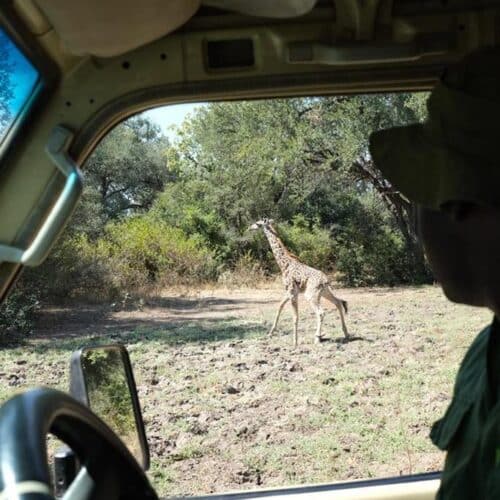

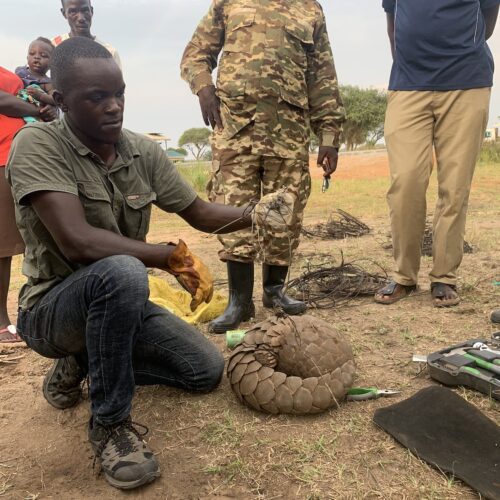
Not only giraffe – GCF saves all species
The South Luangwa Valley in Zambia is home to the unique Luangwa giraffe, a subspecies of the Masai giraffe. Illegal wire snares that indiscriminately affect all wildlife are a sad reality in many parts of Africa – in particular when times are tough. While giraffe are normally not targeted and rarely get ‘trapped’ by snares as they manage to rip these from their anchor points, wires can cause lasting damage. Recently, a Luangwa giraffe made a lucky escape thanks to the fast response of our local partners Conservation South Luangwa and the Department for National Parks and Wildlife. The team caught the injured giraffe early, removed the snare and prevented lasting damage. Teamwork makes the dream work and through strong partnerships in conservation we can make a real difference for giraffe!
Meanwhile, GCF’s Dr Joshua Lubega and the GCF/UWA mobile veterinary response team in Murchison Falls National Park (Uganda) continue to make an incredible contribution to both giraffe and wildlife conservation in the country. They have had a busy few months successfully de-snaring lots of different species including hartebeest, a pangolin and … several critically endangered Nubian giraffe.
We want to extend a huge thank you for all your hard work!
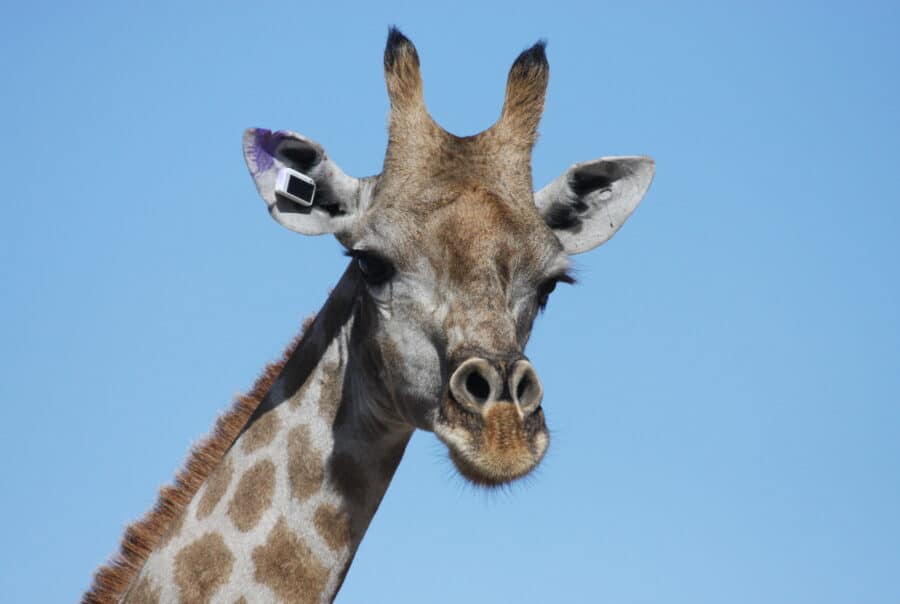

Understanding giraffe movements in Southern Africa
Our Twiga Tracker initiative is the largest GPS satellite tracking study ever conducted on giraffe. To conserve giraffe and the diverse ecosystems they inhabit, we need to better understand where giraffe move, how much space they need, and how they utilise their habitats across a range of different environments.
Working with different suppliers, we continue to trial new tagging technology and recently started using innovative Ceres solar-powered GPS satellite ear tags for giraffe. These lightweight ear tags can be easily and quickly fitted, increasing the giraffe’s welfare.
To better understand Southern giraffe we recently fitted 14 giraffe with ear tags in Hwange National Park (Zimbabwe) in collaboration with ZimParks. After this first-of-its-kind operation in the park, we are now learning more about giraffe movements within the larger Kavango-Zambezi Transfrontier Conservation Area. It was also a great opportunity for our experienced team to build local capacity in Zimbabwe by training park rangers and conservationists in best-practice giraffe capture techniques.
In the Hoanib River in northwest Namibia, we replaced some of the older ossi-units with the new ear tags and also increased the range of our Twiga Tracker Initiative by tagging two giraffe in the communal Doro !nawas Conservancy. These tags are helping to monitor the giraffe population in the area, which was augmented by a conservation translocation in 2020. During regular surveys, we continue to see familiar and new (giraffe) faces and we are excited to learn more about where they roam during times when we do not spot them regularly.
GCF now supports giraffe conservation in 18 African countries
We are proud to announce that we have once again added Botswana to the long list of countries we are working in – 18 in total now! With little known on giraffe in the country, this latest programme provides a great opportunity to learn more about the distribution, numbers and taxonomy of giraffe in Botswana.


